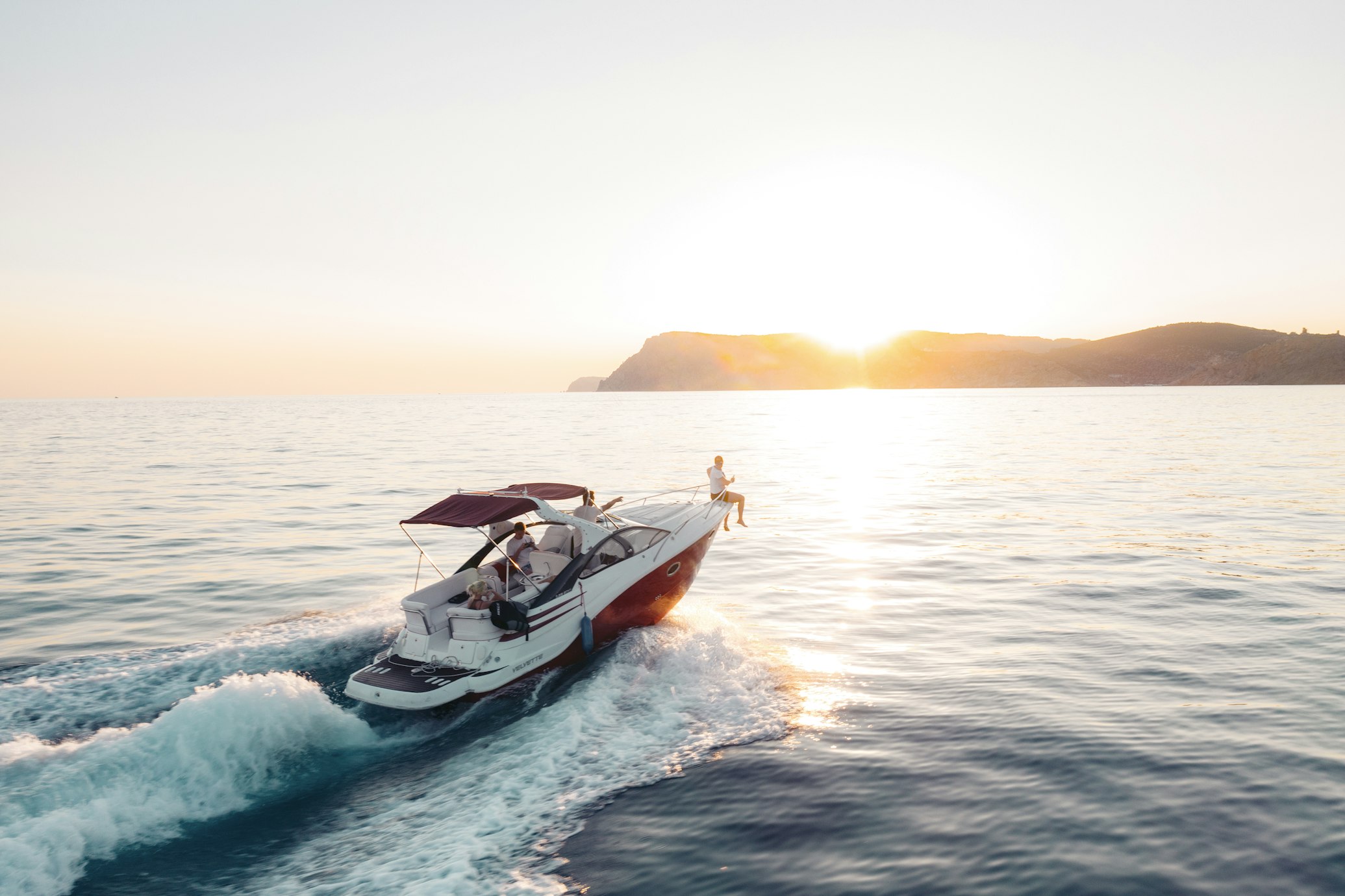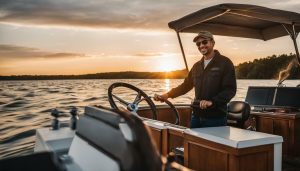Bowrider boats offer an exciting way to enjoy the water, but mastering their launch, loading, and trailering requires careful attention to detail. Whether you’re a first-time boater or looking to refine your skills, understanding these processes is crucial for a safe and enjoyable experience. This guide provides essential steps and tips to ensure you can handle your bowrider with confidence.
Handling bowrider boats with confidence involves mastering the essentials of launching, loading, and trailering. These processes are critical not only for your safety but also for maintaining the condition of your vessel. By following proper techniques, you can minimize risks and ensure a smooth boating experience. From preparation to execution, each step requires careful consideration and practice.
Understanding the Appeal of Bowrider Boats
Bowrider boats are a popular choice among recreational boaters due to their versatility and design features. Characterized by an open bow area that provides additional seating space, these vessels are ideal for social outings on the water. The seating arrangement in bowriders allows passengers to enjoy unobstructed views while cruising, making them perfect for sightseeing or relaxing under the sun.
Their popularity stems from the variety of activities they support, from water skiing and fishing to leisurely cruises. Bowriders are often equipped with powerful engines that facilitate quick acceleration, appealing to thrill-seekers who enjoy water sports. Additionally, their manageable size makes them accessible for first-time boaters who may feel overwhelmed by larger vessels.
The design of bowriders also contributes to their widespread appeal. The open layout not only maximizes passenger comfort but also enhances safety by providing easy access to all areas of the boat. This design allows boaters to interact freely without feeling cramped, which is particularly beneficial during family outings or gatherings with friends.
Modern bowriders often come equipped with innovative features that further enhance their appeal. From integrated GPS systems and premium sound systems to convenient storage solutions and swim platforms, manufacturers continue to evolve these vessels to meet contemporary boating needs. The combination of practical amenities and recreational capabilities makes bowriders an excellent investment for both seasoned boaters and newcomers to the watercraft community.
For those considering buying their first boat or upgrading their current setup, exploring the market for bowrider boats can offer a wide range of options that balance comfort, performance, and price. From compact models to more spacious designs, today’s listings provide plenty of choices for families, water sports enthusiasts, and casual cruisers alike.
The economic aspects of bowrider ownership also contribute to their widespread appeal. These vessels typically offer excellent resale value when properly maintained, making them a smart investment for water enthusiasts. Their moderate fuel consumption compared to larger vessels helps keep operating costs reasonable, while their durability means lower maintenance expenses over time. Additionally, the availability of various price points in the bowrider market allows buyers to find models that match their budget without sacrificing essential features.
Preparing for a Successful Outing
Thorough preparation is the cornerstone of a successful boating outing. Before setting off, conduct comprehensive safety checks to ensure all equipment is functioning properly. This includes examining the engine, checking fluid levels, and inspecting safety gear such as life jackets and fire extinguishers.
Organization is key when planning a day on the water. Arrange your gear methodically so that essential items are easily accessible when needed. Consider creating a checklist of necessary supplies like sunscreen, snacks, water bottles, and first-aid kits to avoid last-minute scrambles.
It’s also important to familiarize yourself with the area you’ll be exploring. Understanding local regulations, weather conditions, and potential hazards can prevent unexpected challenges during your trip. By taking these steps before you leave the dock, you set the stage for a smooth and enjoyable experience.
Launching Your Bowrider Boat
Launching a bowrider boat smoothly requires precision and patience. Begin by positioning your vehicle and trailer in line with the ramp to ensure a straight descent into the water. Once aligned, slowly back down until the trailer’s rear is submerged enough to allow the boat’s hull to float freely.
If you’re launching solo, it’s crucial to have a plan in place to secure the vessel once it’s off the trailer. Use dock lines or a nearby cleat to stabilize your boat temporarily while you park your vehicle. For team launches, clear communication between partners can streamline the process and enhance safety.
Safety should always be at the forefront during launches. Keep hands clear of pinch points between the vessel and trailer components, wear non-slip footwear, and be mindful of ramp conditions that could pose slipping hazards. Taking these precautions helps prevent accidents and ensures an efficient launch.
Loading Techniques After a Day on the Water
After an enjoyable day on the water, properly loading your bowrider back onto its trailer is essential for transport safety. Approach the trailer slowly while maintaining control over speed and direction; this minimizes impact forces when aligning with guide posts or bunks.
Once aligned correctly on approach ramps—or “bunks”—apply just enough throttle power needed until firmly seated against stopper boards securing weight distribution evenly across axles underneath hull supports. Properly securing your vessel prevents movement during transit: utilize tie-downs aft-to-bow along gunwales’ edges tightly cinched around structural framing members beneath decking surfaces plus additional safety chains over bow eyes attachment points reinforcing overall stability measures.
Handling bowrider boats with confidence and care involves understanding the nuances of launching, loading, and trailering. By following these guidelines and practicing regularly, you can ensure a safe and enjoyable boating experience every time you hit the water.



